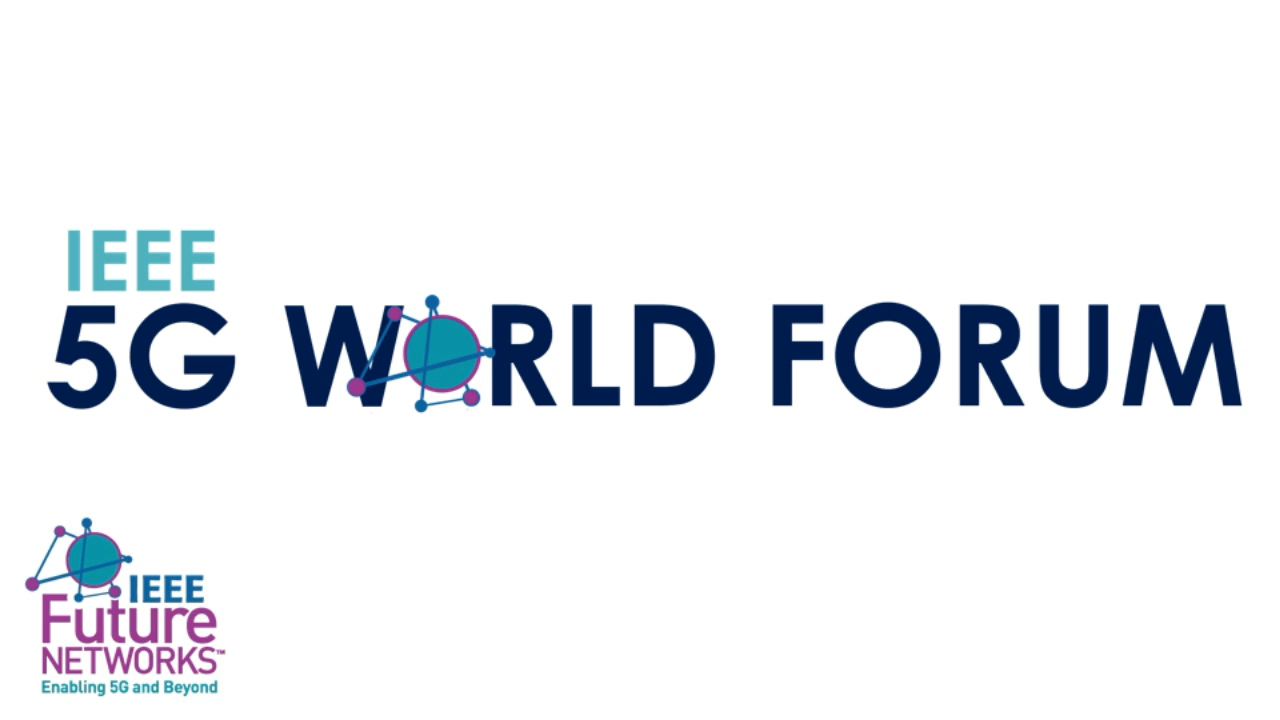
This video program is a part of the Premium packages:
Heterogenous Densification of Future Networks
- IEEE MemberUS $1.00
- Society MemberUS $0.00
- IEEE Student MemberUS $1.00
- Non-IEEE MemberUS $2.00
- IEEE MemberUS $50.00
- Society MemberUS $0.00
- IEEE Student MemberUS $25.00
- Non-IEEE MemberUS $100.00
Heterogenous Densification of Future Networks
To fully experience the 5G potentials and enjoy its promised high data rates and unprecedented throughput, the future networks must guarantee the users a reliable coverage and uniform performance anytime and anywhere. This can only be achieved through network densification and deploying orders of magnitude more access-nodes than the traditional networks. To strike a balance between the offered user experience and the cost of implementation and operation, the future networks will comprise access-nodes of different types and functionalities: macro-cells, small-cells, relay nodes (e.g. integrated access and backhaul (IAB) nodes), wired and wireless remote units, smart RF repeaters, intelligent reflecting surfaces, etc. In this talk, we give an overview of recent standardization efforts for some of these access-nodes and discuss how AI/ML may help with managing the future dense heterogenous networks.
Heterogenous Densification of Future Networks
Navid Abedini, Qualcomm
 Cart
Cart Create Account
Create Account Sign In
Sign In





